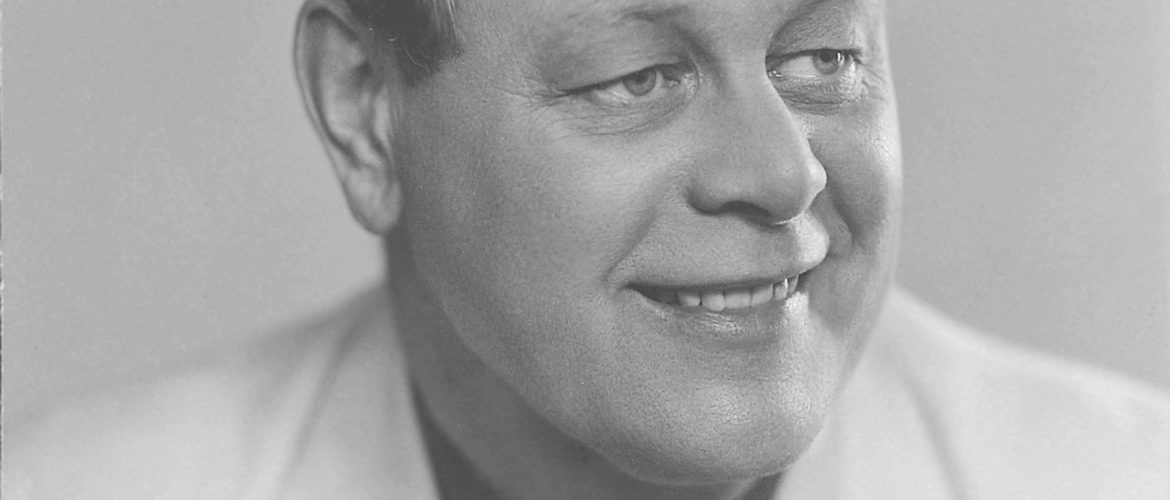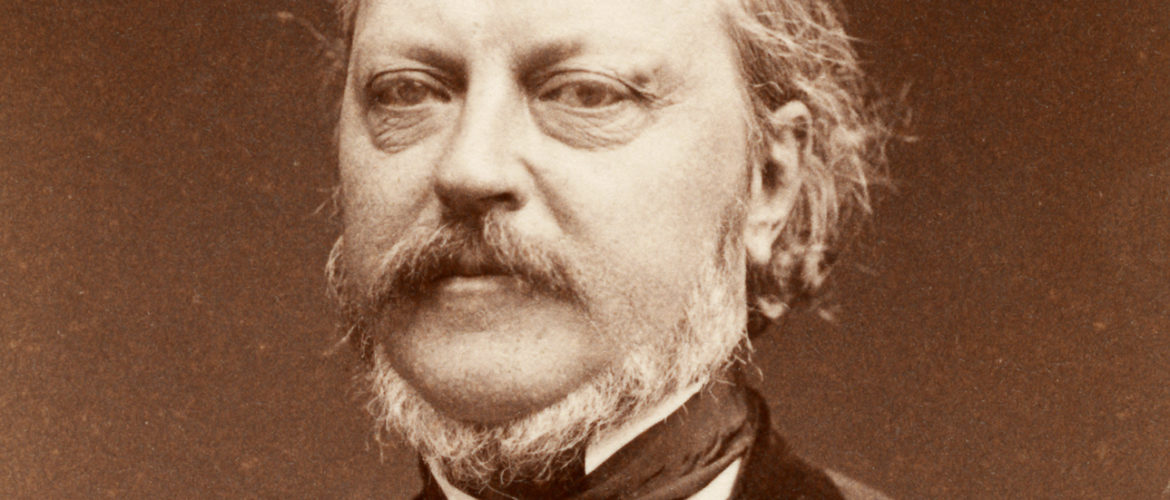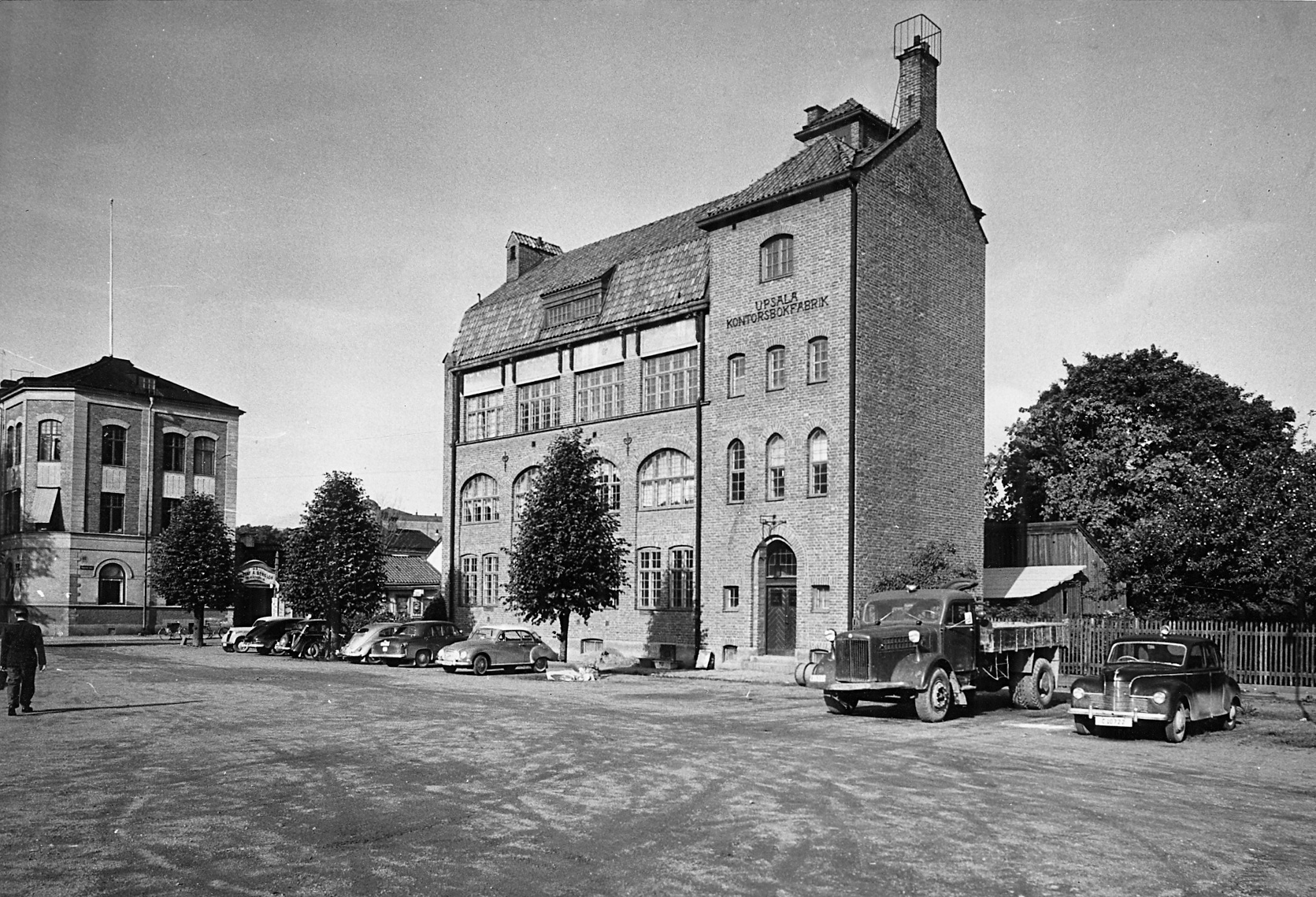1823-1898.
Author, women's rights activist.
Rosalie Olivecrona was one of the pioneers of the Swedish women's movement. She made significant contributions as a social commentator and women's rights campaigner.
In 1857, Olivecrona published a number of articles in Aftonbladet under the heading 'En ropandes röst i öknen'. The articles defended Fredrika Bremer's novel Hertha, which was a contribution to the debate on the authority of unmarried women.
Together with Sophie Adlersparre, she founded the Tidskrift för hemmet (Journal for the Home ) in 1859, where she published a number of texts. Internationally, she held several positions in the growing female public sphere.
Olivecrona had the main responsibility for the exhibition on women's handicrafts at the World Exhibition in Vienna in 1873 and had similar assignments in Philadelphia, Paris and Chicago.
Rosalie Olivecrona's literary career began in the 1840s with poems and short stories in Göteborgs Handels- och sjöfartstidning under the pseudonym La Straniera. Her poetry collection Skogsblommor was published in 1855, and later in life she published the study Mary Carpenter och hennes verksamhet (1887) and Spridda blad (1889).
Burial site: 0104-0255
Image description: Rosalie Olivercrona, 1874. Photo: Bertha Valerius / Västergötland Museum. [The image is cropped]
Click here for an uncropped image


















